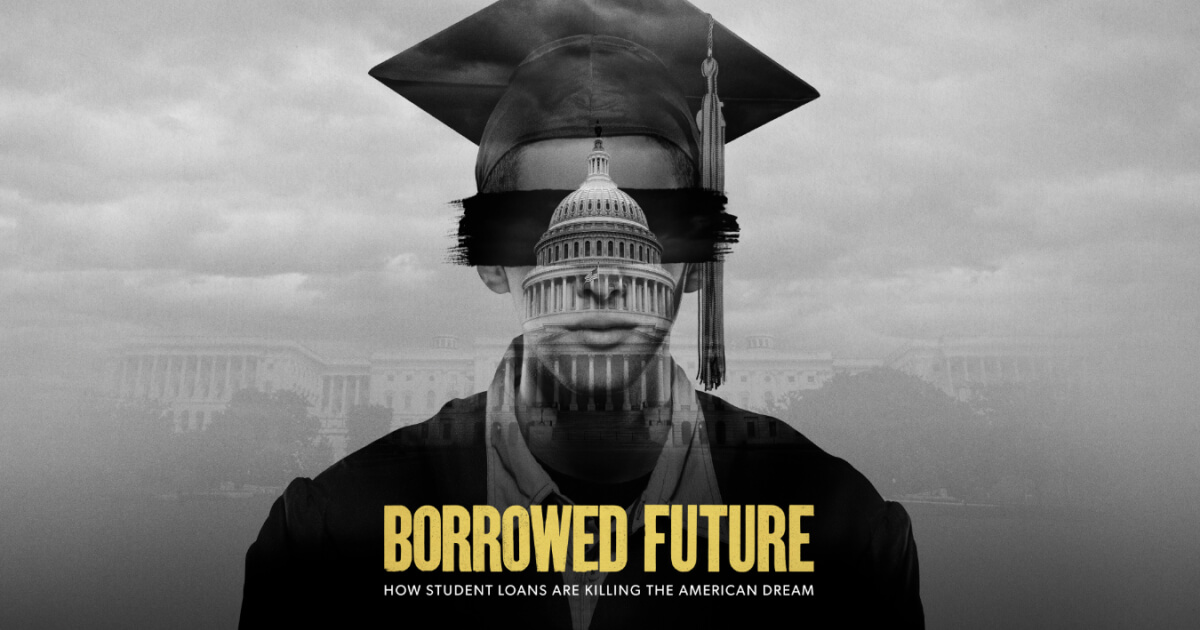I love the Baylor president’s response was essentially “thoughts and prayers”.WACO, Texas—Some of the wealthiest U.S. colleges are steering parents into no-limit federal loans to cover rising tuition, leaving many poor and middle-class families with debt they can’t repay.
Parents at Baylor University had the worst repayment rate for a type of federal loan called Parent Plus among private schools with at least a $1 billion endowment, according to a Wall Street Journal analysis of available Education Department data. Only about a quarter of Baylor parents paid down any of what they originally borrowed after two years.
Unlike undergraduate loans that have limits, there is no cap on what parents can borrow through the fast-growing Parent Plus program, no matter their income. Some parents wanting the best schools available for their children sign on the dotted line unaware how the debt can burden them into retirement.
Baylor increased its tuition sharply to transform itself from a regionally known Baptist college into a national brand that now has a $1.8 billion endowment. The central Texas school has added facilities, built a sports powerhouse and climbed college-ranking lists in a push to become a world-class research institution.
Among wealthy colleges, though, Baylor is one of the least generous with aid to needy students, publicly available documents show. It has suggested that parents make up what student loans and scholarships don’t cover through Parent Plus, according to interviews with current and former students, parents and employees.
“I will never get it all paid off,” said Trina Saverin, a 53-year-old public-school administrator in Texas. She owes $231,000 in federal student loans of which at least $65,000 in Parent Plus loans came from sending her daughter to Baylor, at least $74,000 in Plus loans for her son’s college costs, and loans for her own 2015 master’s degree.
Linda Livingstone, Baylor’s president since 2017, said that until a couple of years ago, “we were admitting students who really couldn’t afford Baylor.” The school now takes into account families’ ability to pay when offering acceptances, she said.
But families that stretched to pay for Baylor in the past may be stuck with their debt for decades. When asked what she would say to the parents of former Baylor students who were struggling, Dr. Livingstone said: “My heart goes out to families that are in that situation….We are working very, very hard to ensure that we don’t see that so much going forward.”
Plus loans—which are available for parents and graduate students—have become the new face of the student-debt crisis, helping drive a sea change in the student-loan marketplace. Until five years ago, undergraduates borrowed more than parents and grad students combined; now parents and grad students borrow more, according to the Journal’s analysis of federal data.
Parents owe $103.6 billion in Parent Plus loans, which Congress uncapped in the 1990s. Taxpayers bear the losses if the loans aren’t repaid. Defaults don’t hurt colleges, which get the money upfront.
The loans have been a boon in particular for aspirational private colleges, allowing them to charge nearly as much as some top-tier schools but not provide the same level of financial help from the schools’ coffers. Baylor families using the loans were disproportionately low-income compared with parents using the loans at the other wealthy schools in the Journal analysis.
Of the Baylor families who took out Plus loans, 47% had children receiving federal grants reserved for low-income students, data show, compared with an average of 28% among the wealthy schools.
Annabeth Mohon, a former Baylor admissions counselor and 2014 graduate, felt so conflicted about visiting poor neighborhoods in Texas to sell prospective students on a college they couldn’t afford that she left after a year on the job in 2015.
“I felt like a real jerk,” said Ms. Mohon, now an operations director at a Dallas photography studio who said she remains a proud Baylor Bear. “It’s a strong school, but not an Ivy League. I don’t know if the prestige matches the price tag as the school tries to sell it.”
A guy that Tim Pool had as a guest suggested that universities be required to underwrite all student loans used at their university. I love that idea.




